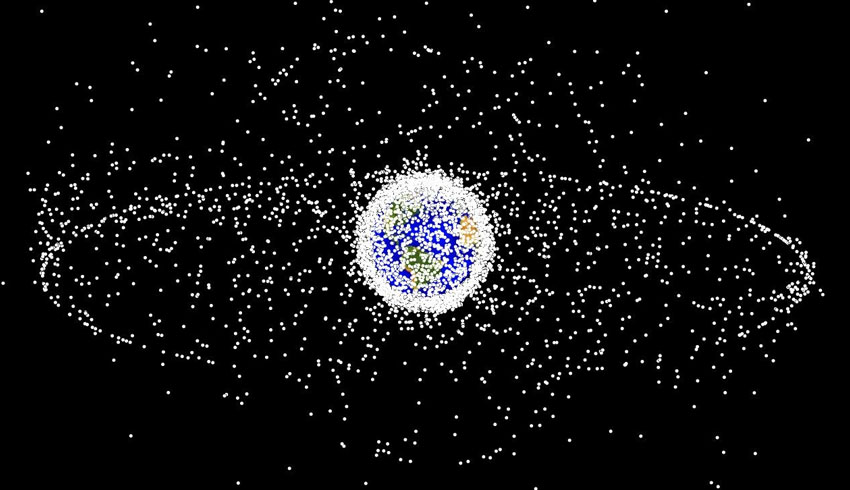If not straight away, that should be done as soon as responsibly possible, said Carine Claeys, head of the Space Task Force for the European External Action Service, the European Union’s Foreign Affairs Ministry.
Right now, the mandated time for decommissioning of defunct satellites is 25 years, which needs to be updated, Claeys told the World Satellite Business Week conference in Paris last month.
“The de-orbiting capability in low-Earth orbit should be as soon as or in a very responsible time period after that satellite is no longer operational,” she said.
The current rules were established in 2002 with the Inter-Agency Space Debris Coordination Committee guidelines, which say operators are expected to de-orbit their satellites within 25 years of the end of their missions.
That was perhaps OK when space was a lot less crowded but increasingly, space industry and government officials say a period of 25 years no longer makes sense considering operators are planning new constellations of hundreds or thousands of satellites in low-Earth orbit.
Current discussion is on whether five years is an acceptable time period.
Claeys said even that’s a long time and the timeline should be months not years.
“The de-orbiting capability for low-Earth orbit should be as soon or in a very reasonable time period after that satellite has stopped being operational, not waiting for years,” she said.
The new UN Guidelines for the Long-term Sustainability of Outer Space Activities, approved in June, don’t specify a time period.
They call for national and international organisations to “encourage spacecraft manufacturers and operators to adhere to national and international space debris mitigation standards”.
Most satellites in low-Earth orbit will de-orbit of their own accord because of atmospheric drag. At 400 kilometres, nominal life is a year while at 500 kilometres that goes out to 10 years and at 900 kilometres it is 1,000 years.
Claeys said any satellite launched now should carry a de-orbiting capability so end of life can be conducted in a timely and safe manner.
She said de-orbiting requirements should not be imposed on operators by governments but created through new norms of responsible behaviour in outer space.
Putting the problem in perspective, there are now some 4,000 satellites in Earth orbit, of which about 1,800 are currently functioning.
Claeys said that is nothing compared with what is expected with the announced mega-constellations of small satellites.
In the worst case, a collision between satellites in low-Earth orbit could create a chain reaction, unleashing debris that causes additional collisions. That’s the so-called Kessler effect, and the worst outcome would be to render Earth orbit inaccessible to everyone for decades or longer.

